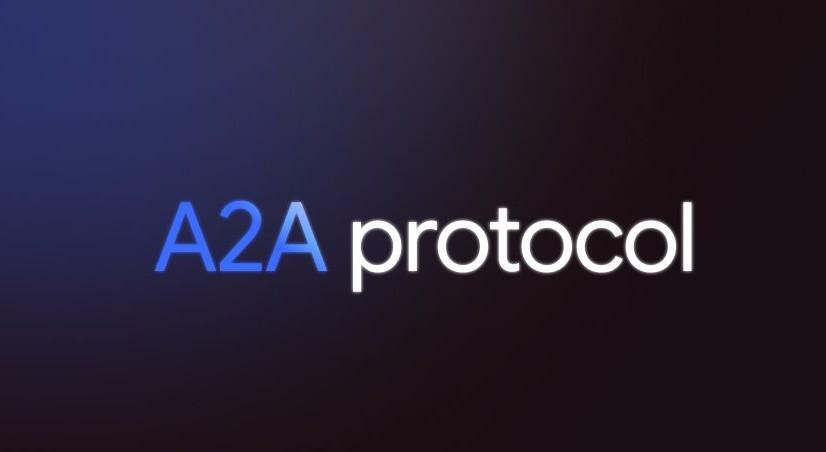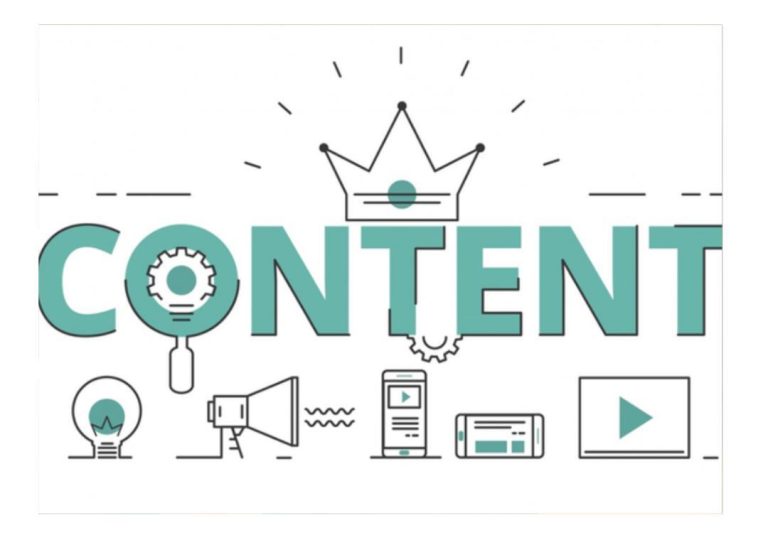
Google Launches A2A Protocol to Enhance AI Agent Synergy
In a significant development in the world of artificial intelligence (AI), Google has launched Agent2Agent (A2A), a new open-source protocol designed to enable AI agents from various systems to work together seamlessly. This innovative protocol allows AI agents to communicate with each other, securely exchange information, and coordinate actions over various enterprise platforms or applications.
The launch of A2A marks a new era of agent interoperability, enabling developers to build agents capable of connecting with any other agent built using the protocol. This breakthrough technology has the potential to revolutionize the way businesses and organizations utilize AI, improving efficiency, productivity, and decision-making.
What is Agent2Agent (A2A)?
A2A is an open-source protocol designed to facilitate communication and collaboration between AI agents from different systems. These AI agents, also known as “bots” or “chatbots,” are software programs that perform specific tasks, such as customer service, data analysis, or process automation. By leveraging A2A, developers can create agents that can integrate with any other agent built using the protocol, regardless of the underlying technology or platform.
Benefits of A2A
The A2A protocol offers several benefits to developers and organizations, including:
- Interoperability: A2A enables AI agents to communicate with each other, regardless of the underlying technology or platform. This allows developers to build agents that can integrate with any other agent built using the protocol.
- Security: A2A uses secure communication protocols to ensure that information exchanged between agents is encrypted and protected from unauthorized access.
- Scalability: A2A is designed to scale with the growing demands of modern businesses, allowing developers to build agents that can handle large volumes of data and transactions.
- Flexibility: A2A supports multiple programming languages and frameworks, making it easy for developers to integrate the protocol into their existing systems and applications.
Use Cases for A2A
The A2A protocol has a wide range of potential use cases across various industries, including:
- Customer Service: A2A-enabled agents can handle customer inquiries and resolve issues across multiple channels, such as chat, email, and social media.
- Data Analysis: A2A can facilitate the exchange of data between agents, enabling real-time analysis and decision-making.
- Process Automation: A2A can automate business processes, such as order fulfillment, inventory management, and supply chain logistics.
- Cybersecurity: A2A can be used to detect and respond to cybersecurity threats, such as malware and phishing attacks.
How to Get Started with A2A
Developers can get started with A2A by visiting the Google Developers website and downloading the open-source protocol. The A2A documentation provides detailed instructions on how to integrate the protocol into existing systems and applications.
Conclusion
The launch of Agent2Agent (A2A) by Google marks a significant milestone in the development of AI agent interoperability. This open-source protocol has the potential to revolutionize the way businesses and organizations utilize AI, improving efficiency, productivity, and decision-making. With A2A, developers can build agents that can communicate with each other, securely exchange information, and coordinate actions over various enterprise platforms or applications.
Source:
https://developers.googleblog.com/en/a2a-a-new-era-of-agent-interoperability/






